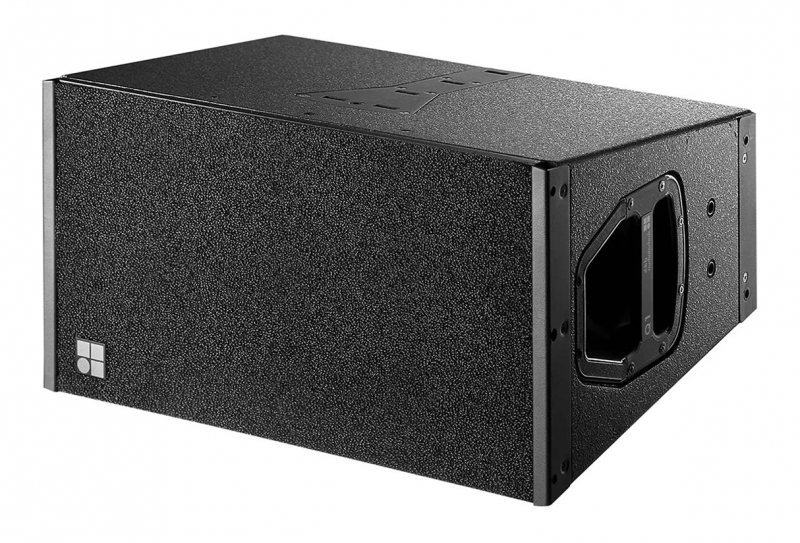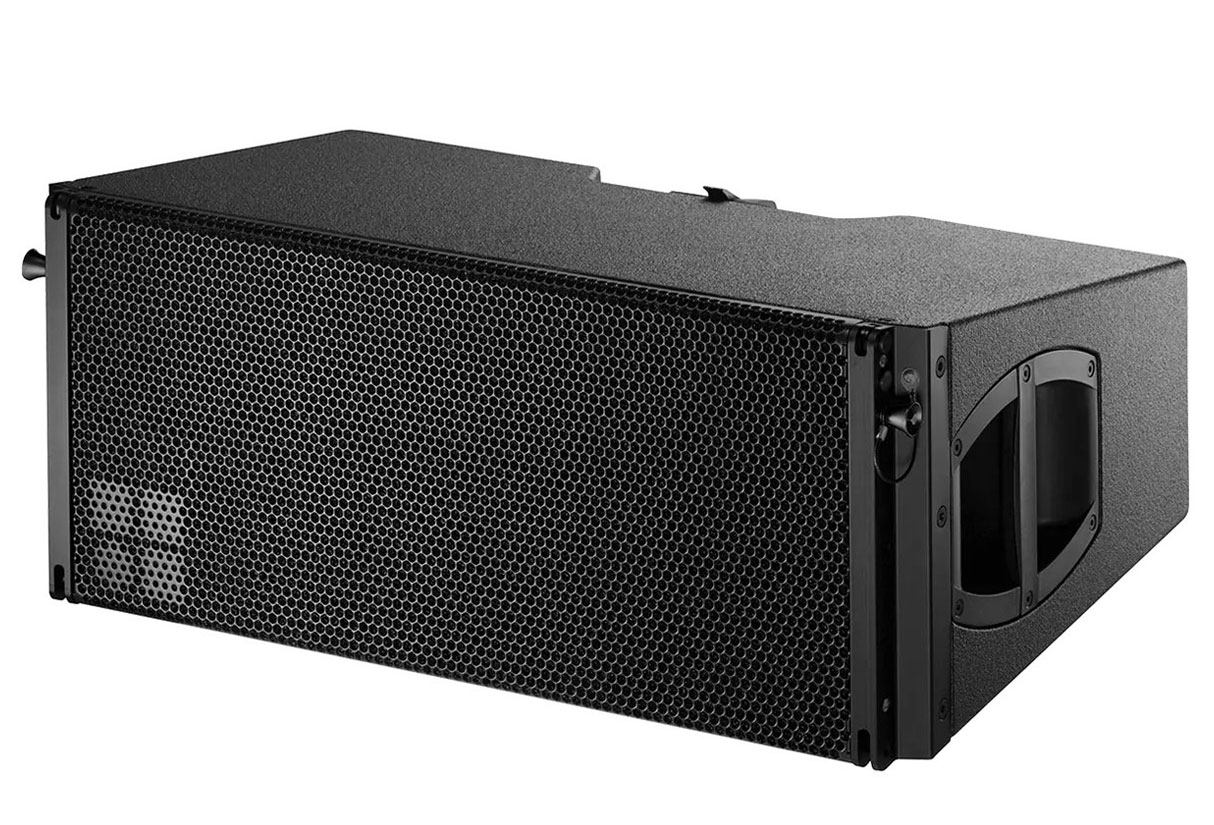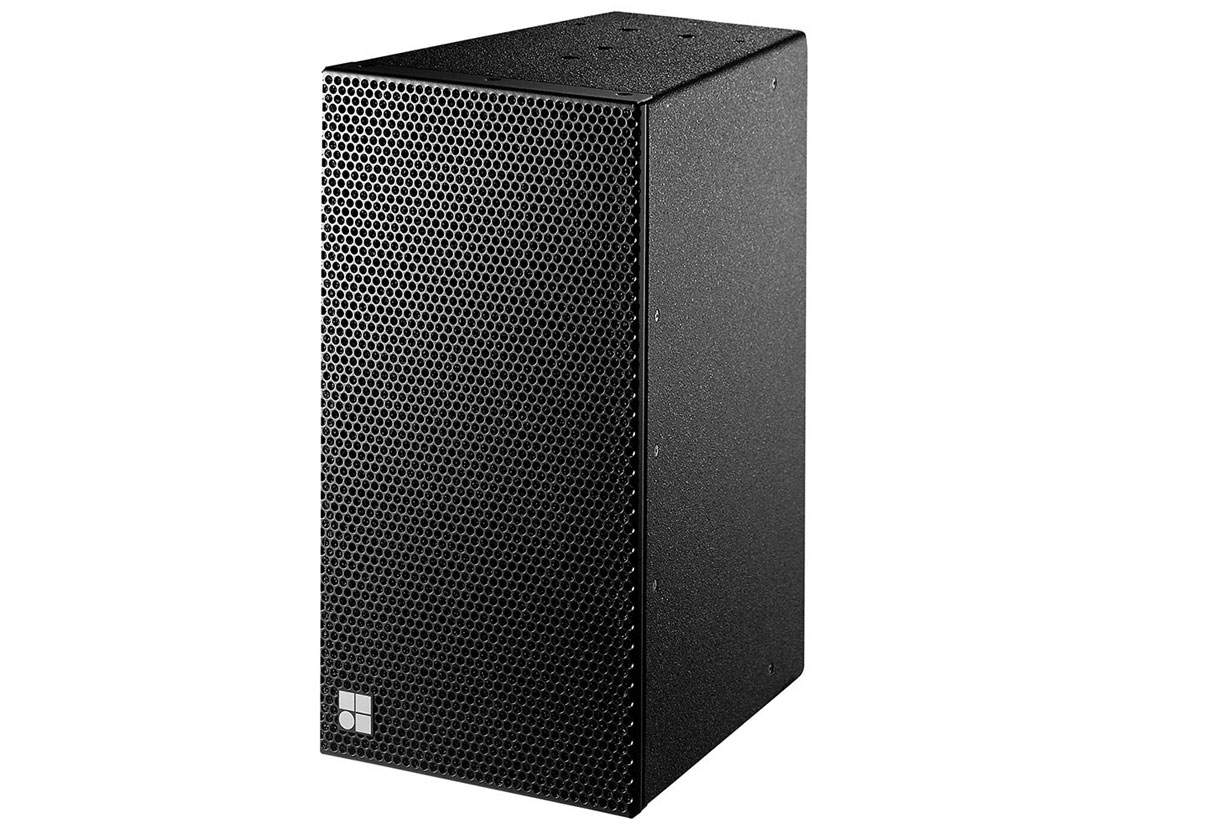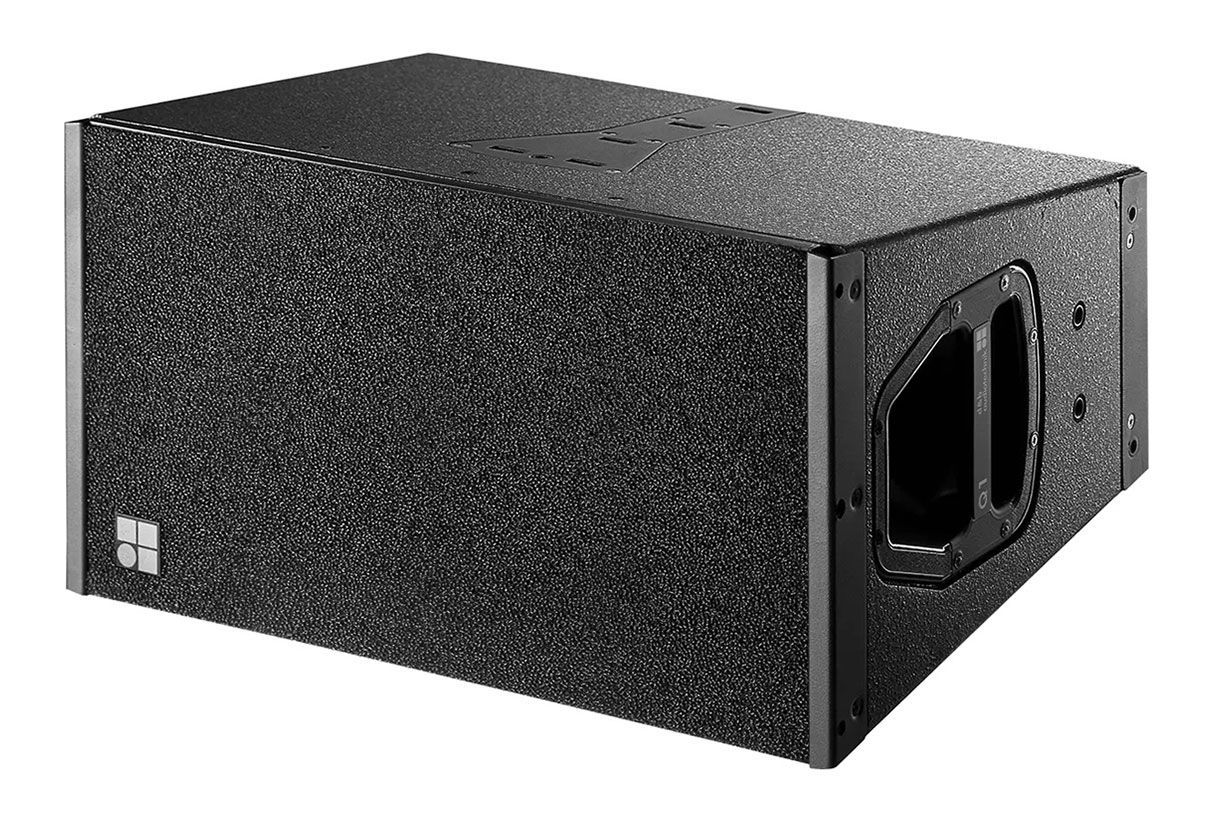d&b line array-Usedful

|
If you're in the world of live sound engineering, you know that the quality of the sound can make or break a performance. One of the most important tools in your arsenal for achieving superior sound quality is the line array system. And if you're looking to take your live sound game to the next level, the D&B line array is a must-have. But mastering this system isn't just about turning knobs and adjusting levels. It's about understanding the science behind the sound, and knowing how to use the technology to your advantage. In this guide, we'll explore the ins and outs of the D&B line array system, from the basics of how it works to the advanced techniques that will give you the power to create truly unforgettable live sound experiences. Whether you're a seasoned pro or just starting out, this guide will help you take your live sound engineering skills to the next level.
Benefits of Using D&B Line ArrayWhen it comes to live sound engineering, the D&B line array system is one of the most powerful tools available. This system consists of multiple speakers arranged vertically in a line, with each speaker handling a specific frequency range. The benefits of using a D&B line array system are numerous: First, a D&B line array system allows for greater control over sound dispersion. Because the speakers are arranged in a line, the sound waves are focused in a specific direction, reducing the amount of sound that is lost to reflections off walls and other surfaces. Second, a D&B line array system is highly scalable, making it suitable for a wide range of venues and events. Whether you're working in a small club or a large arena, you can adjust the number of speakers in the array to suit the needs of the space. Finally, a D&B line array system is incredibly versatile. With the right techniques, you can achieve everything from a warm, mellow sound to a crisp, powerful sound that will blow your audience away. Understanding the Components of D&B Line ArrayBefore you can start using a D&B line array system to its fullest potential, you need to understand the components that make up the system. The basic components of a D&B line array system include:
It's important to note that different D&B line array systems may have slightly different components or configurations. However, the basic principles are the same across all systems. |
 |
Essential Techniques for Setting up D&B Line ArrayNow that you understand the components of a D&B line array system, it's time to start thinking about how to set up the system for optimal performance. Here are a few essential techniques to keep in mind:
How to Optimize the Sound Quality of D&B Line ArrayOnce you've set up and tuned your D&B line array system, it's time to start thinking about how to optimize the sound quality. Here are a few tips to keep in mind:
Common Mistakes to Avoid When Using D&B Line ArrayEven if you follow all the best practices for setting up and optimizing your D&B line array system, there are still some common mistakes that can undermine your efforts. Here are a few mistakes to avoid:
D&B Line Array Maintenance and CareTo ensure that your D&B line array system continues to deliver optimal performance, it's important to take good care of it. Here are a few tips for maintenance and care:
|
 |
Best Practices for Operating D&B Line ArrayIn addition to setting up and optimizing your D&B line array system, there are also some best practices to keep in mind when operating the system:
D&B Line Array vs. Other Sound SystemsWhile the D&B line array system is a powerful tool for live sound engineering, it's not the only option available. Here are a few other types of sound systems to consider:
ConclusionMastering the art of D&B line array is a complex and rewarding process. By understanding the components of the system, setting it up correctly, optimizing the sound quality, and avoiding common mistakes, you can achieve truly superior sound quality that will take your live sound engineering skills to the next level. Whether you're working in a small club or a large arena, a D&B line array system is an essential tool for any live sound engineer who wants to create unforgettable sound experiences. |
 |
